
AAEP Convention Day 4: Do or Die in a Day
Our veterinary-reporter on the ground shares tidbits from AAEP Day 4.

Our veterinary-reporter on the ground shares tidbits from AAEP Day 4.
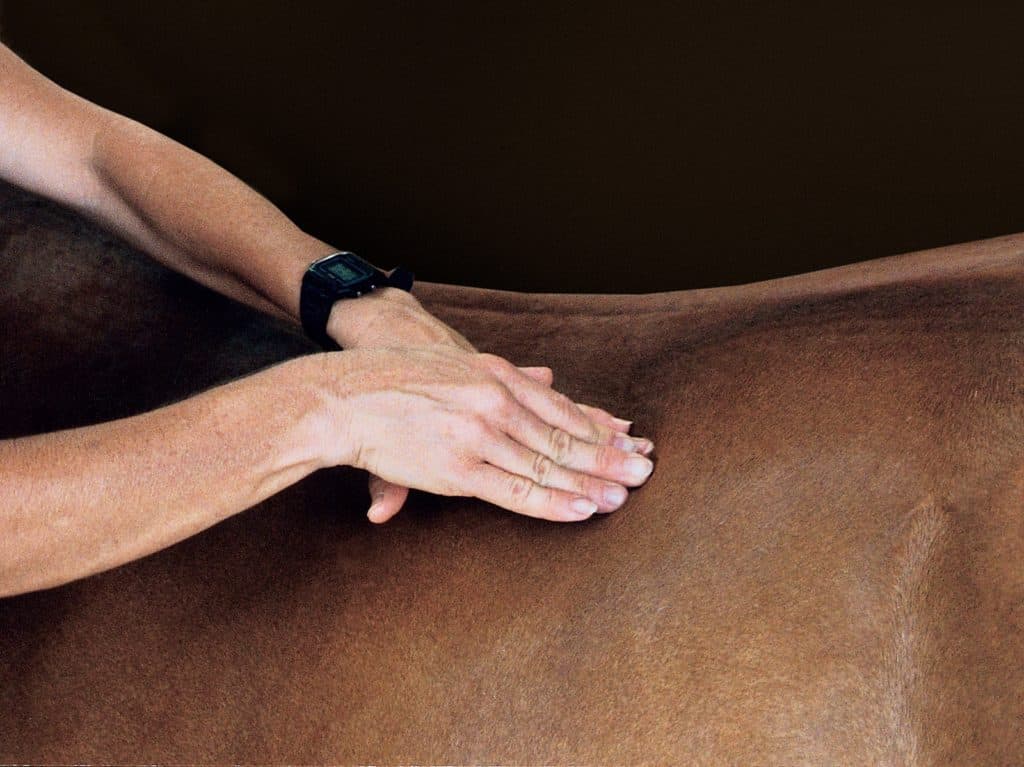
An FEI veterinarian and her on-staff equine sports therapist join us to answer your questions about keeping your equine athlete performing at his best.

Regenerative medicine is opening doors to new and improved therapeutic options for equine musculoskeletal injuries.

Improved diagnostics and more promising treatments are putting many foot-sore horses back to work.
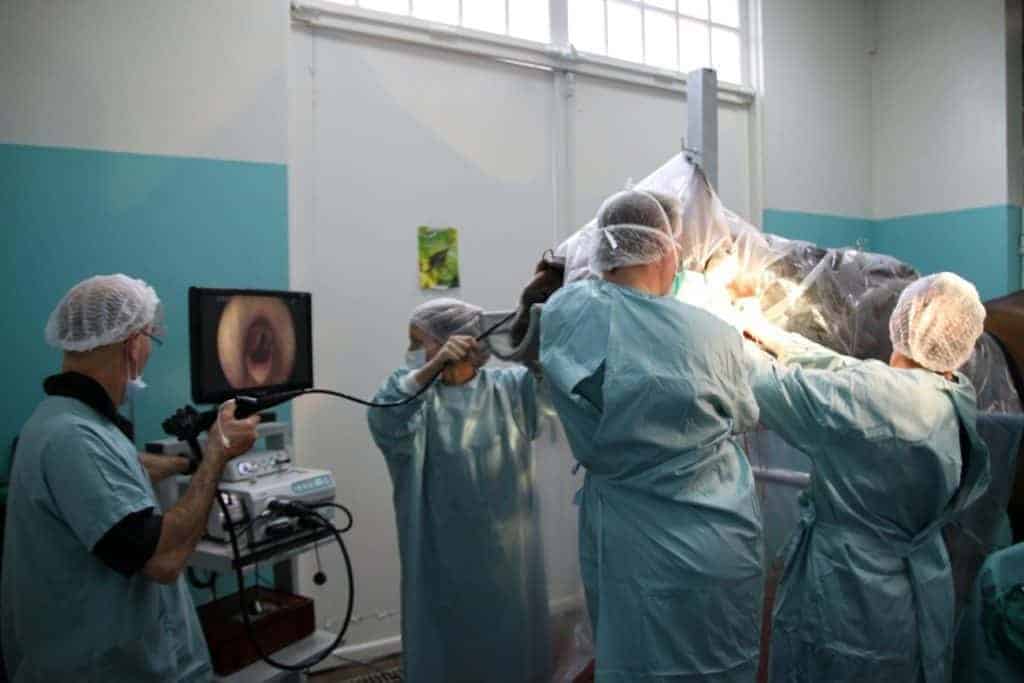
A procedure to correct a paralyzed larynx has fewer risks if it’s performed in a standing horse, French researchers say.
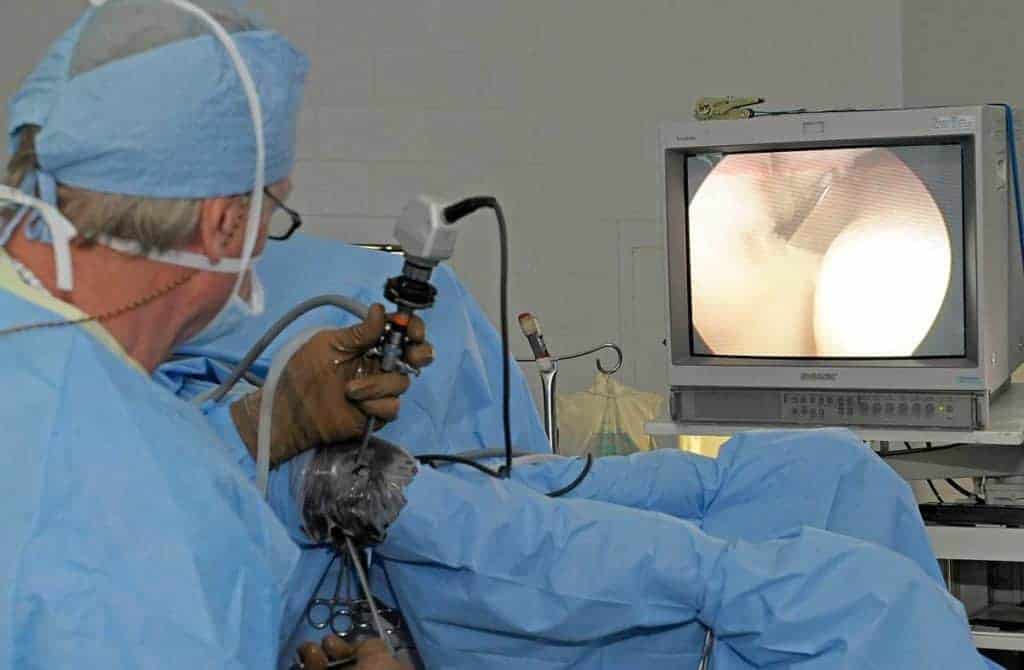
Bone chips can be a proper pain in the joint; learn where and why they happen and when they need to be removed.

Here’s how to get your performance horse back to the show ring safely and successfully after layup.

Stricture occurs when a ring of tissue reduces the esophagus’ diameter, making it hard for a horse to ingest food.
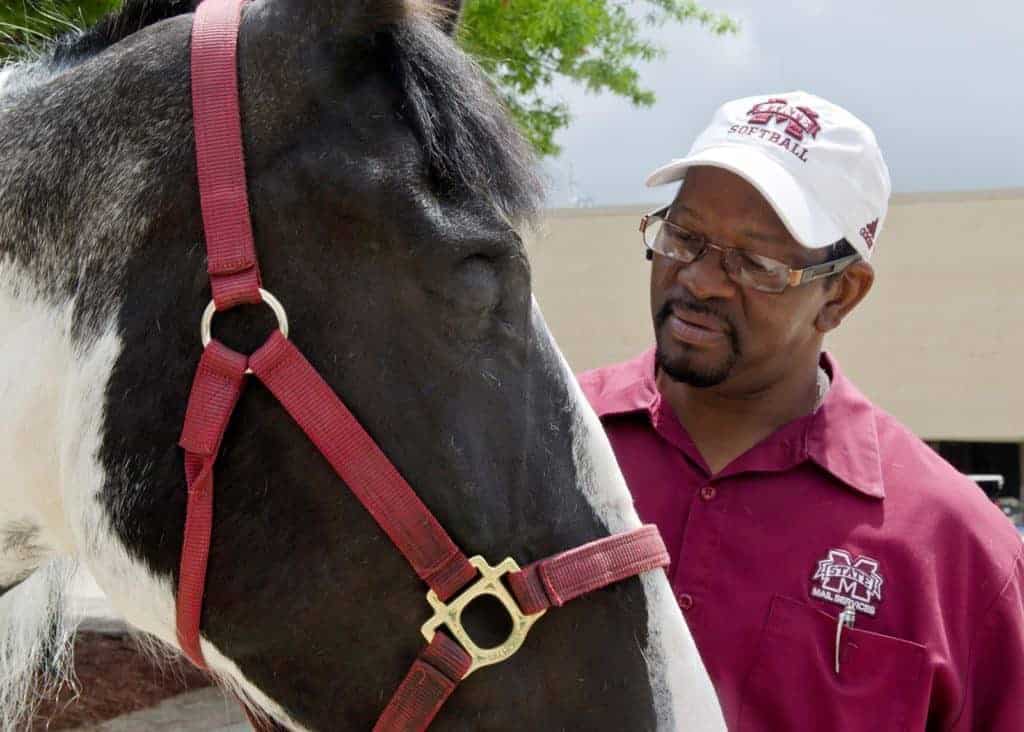
The procedure is designed to minimize surgical stress and complications associated with enucleations.
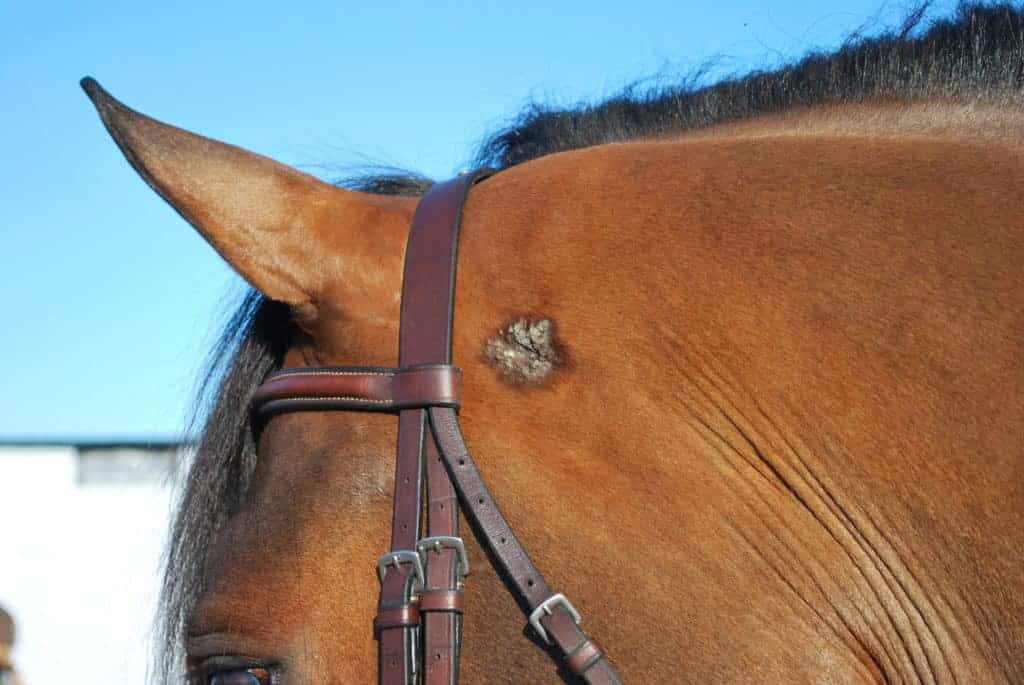
Laser resection resulted in reduced postoperative complications and a positive prognosis, researchers determined.
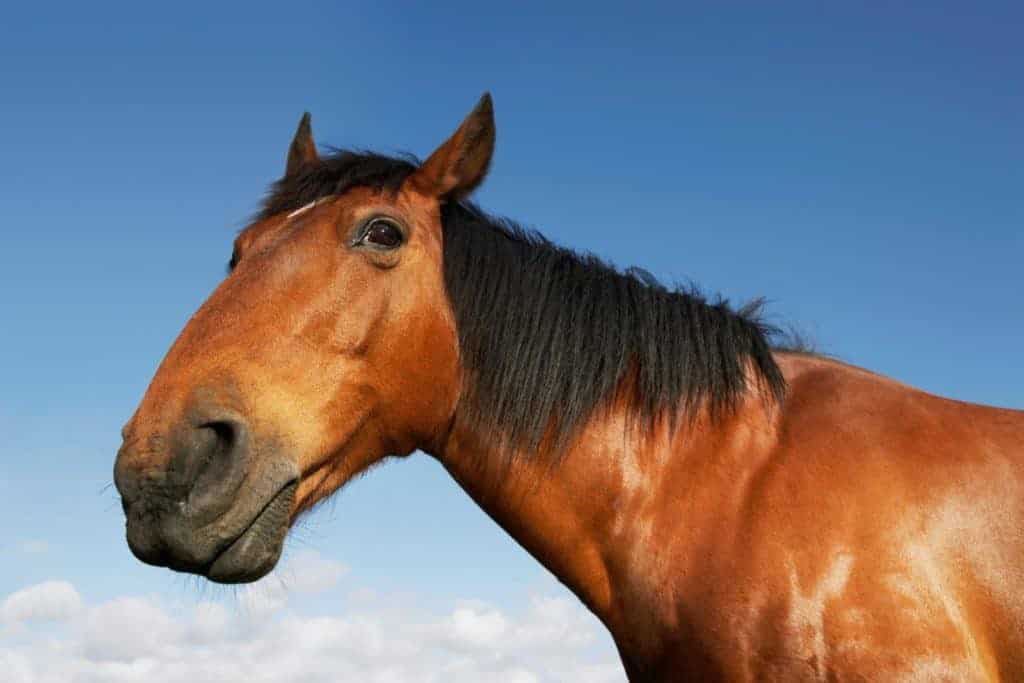
Temporohyoid osteoarthropathy (THO) can cause vestibular nerve damage and balance problems in affected horses.

While vets have made progress in improving colic surgery in the past 40 years, there are still improvements to be made.

Researchers determined that 89% of affected horses benefited from a procedure called medial patellar ligament splitting.

Just 50% of owners were satisfied with the outcome of the current surgical treatment for upward fixation of the patella.

The products allow students to practice and refine surgical skills on realistic models that even ooze “blood.”

Researchers found that, overall, 90.5% of mares and 82.3% of foals survived to hospital discharge following treatment.
Stay on top of the most recent Horse Health news with
"*" indicates required fields